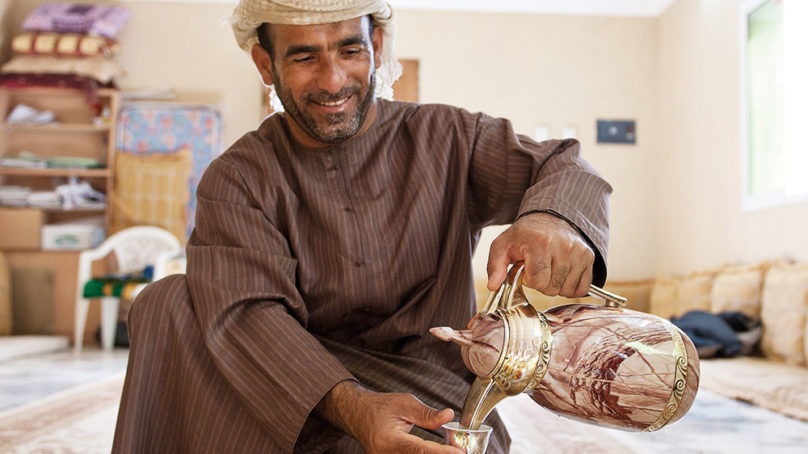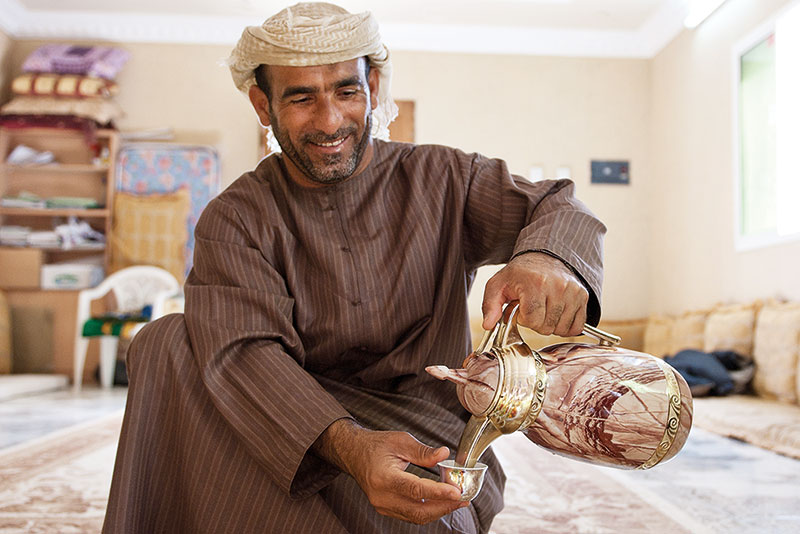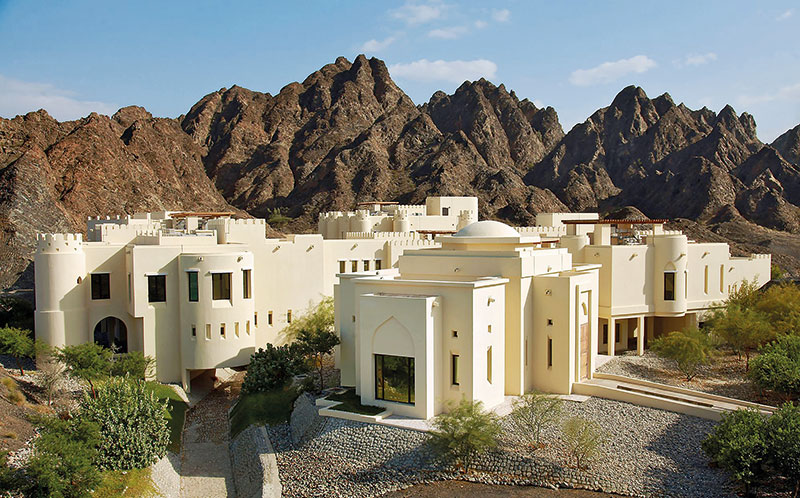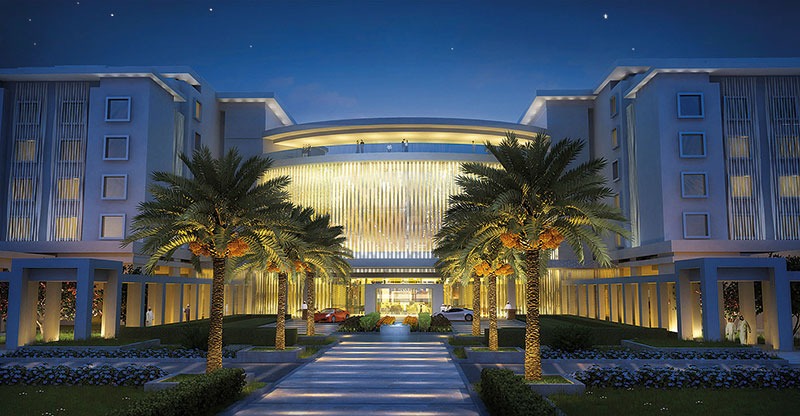Tourism arrivals to Oman will increase at a compound annual growth rate (CAGR) of 13 percent between 2018 and 2021, according to a report by Colliers International. The country is not only in the midst of a public sector drive to boost its business attractiveness, but is also witnessing a growing number of private sector projects that are expected to help transform the sultanate into a tourism jewel. HN was given the opportunity to interview Haitham Al Ghassani, assistant director general of promotion and awareness at the Sultanate of Oman’s Ministry of Tourism, and discover more about the country’s achievements and goals
Oman’s tourism sector has been expanding steadily over the last five years, with the growth figures confirming an exceptional performance, which has given both the government and the private sector the drive to set the sector’s development agenda in ‘high gear’ and pursue major infrastructure developments. Tourism arrivals from the world have been increasing significantly. The largest market for the sultanate is the GCC; alone, it accounted for 48.8 percent of visitors in 2017, while India, Germany and the UK posted 9.8, 3.1 and 4.4 percent, respectively. These developments have naturally attracted stronger interest from regional and international companies looking for business expansion in the sultanate. This was evident from the increase in the number of companies looking to enter Oman’s tourism market.
Mega-projects have sizeable impact
The Omani government is confident about the current joint efforts with private businesses, which have been fostering strong partnerships in the tourism sector. From 2015 to 2018, several mega-projects have got underway, in line with the Omani Tourism Strategy 2040. This strategy is based on two approaches: the first focuses on developing a series of tourism facilities in one location and the second looks to expand the distinctive tourism experiences that will attract tourists to spend several days in specific geographic areas. These destinations are being designed to create a long-lasting experience for visitors and make a real impact on their lives. Some of the latest developments include the Oman Convention Bureau and the new Muscat International Airport, which are geared up to accommodate the major business expansion expected in travel and the Meetings, Incentives, Conferences and Exhibitions (MICE) industries in Oman in the coming years. There are also numerous luxury hotels that have been built recently in various regions and governorates of the sultanate. These tourism development projects will help accommodate the growing numbers of tourists coming to the sultanate and meet the sector’s growing needs and requirements. The strategy also aims to enhance the sultanate’s position on the world tourism map and make it attractive through its unique tourism components. The new hotel developments are booming, with a total of 13 new establishments which have started or are in the process of starting their operations in Oman. Some of them include the dusitD2 Palm Mall of Muscat, which is approaching completion and is expected to house Oman’s first snow village and aquarium. There is also an increasing number of luxury developments keen to capture and preserve Oman’s bountiful natural heritage, such as the Anantara brands, with the Anantara Al Baleed Resort Salalah and the Anantara Jabal Al Akhdar Resort located 2,000 meters above sea level. In addition, Kempinski Hotel, situated along Muscat’s coastline, at The Wave, is now open.
Business opportunities
Oman has a distinctive heritage, having been shaped by its rich geographic, natural and historical role in the region. We take pride in our loyalty to ancient culture and soulful attitude towards development. The warmth of our hospitality is felt in our customs – coffee with cardamom and dates to start with – in addition to eclectic cuisines. The richness of Oman’s natural environment is unparalleled; the sun and sea, the desert regions as a gateway to the Empty Quarter, the rock mountains, as well as the southern Dhofar province, Salalah, brimming with archaeological sites, fruit plantations and wildlife, such as oryx, gazelles and migratory birds. All of these components combine to make the country a special touristic offering.





















